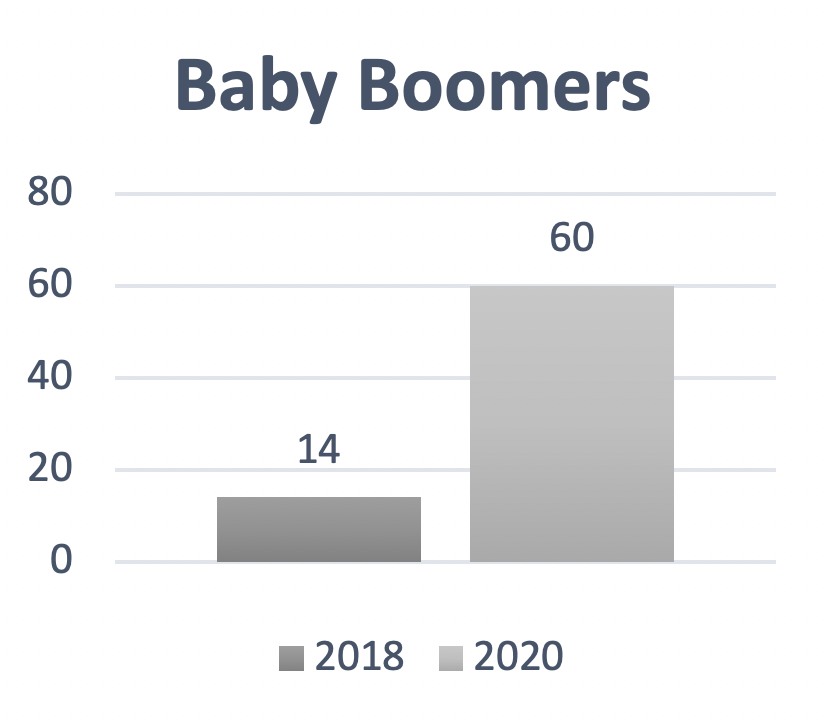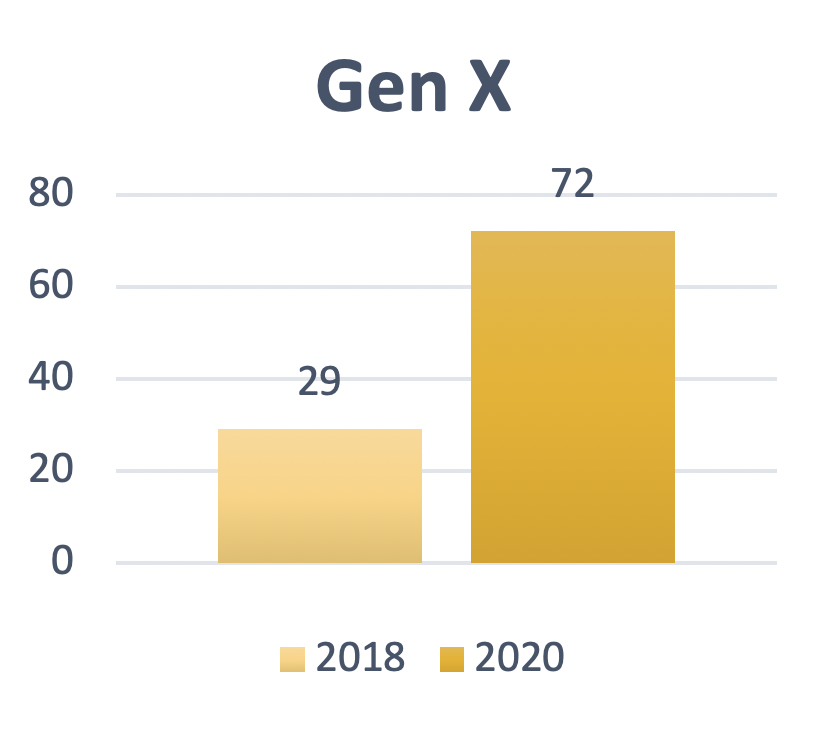Digital Transformation: 3 Key Areas Where Supply Chain Leaders Should Focus
Supply chain digital transformation is no doubt an imperative to help supply chains run more smoothly while providing actionable intel. Ambitious, yes, but that belief isn’t necessarily overstated. The digitization of the supply chain is critically important and long overdue in many sectors, particularly given the vast changes we’ve experienced over the past couple of years.









